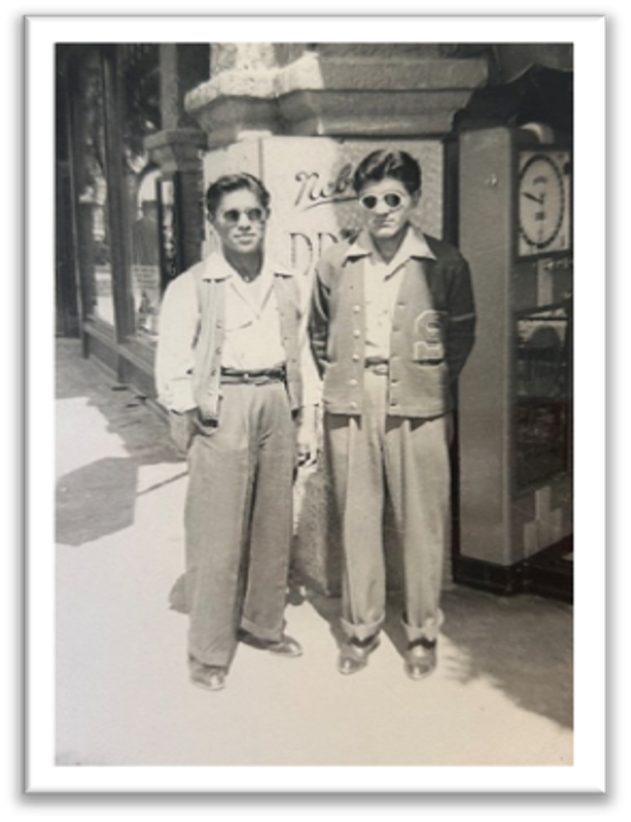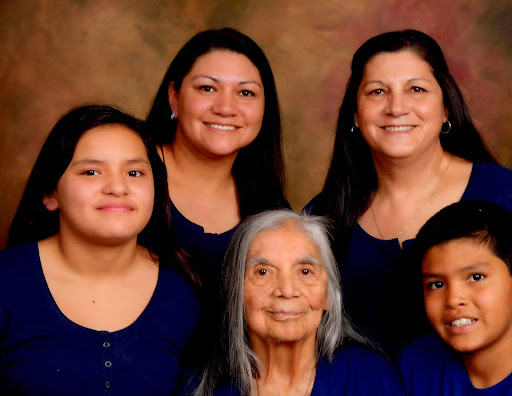Overview
Wilbur Smith: Wel-mel-ti Values Across Places, Cultures, and Changes

Authors: Kellie Harry (Pyramid Lake Paiute Tribe member, Wel-mel-ti Washoe descendant) and Jesse Blackburn
Lesson partner: Rebecca Lowry, Humboldt County Office of Education
Honoring Our Ancestors: Sierra Valley Wel-mel-ti Unit (Lesson 3 of 3)
Lesson 1 - Carmelita Evans DeLucchi: Preserving Wel-mel-ti Culture and Traditions Through Oral History
Lesson 2 - Marvin Sam: Changes for Land Mean Changes for Traditional Foods
Lesson 3 – Wilbur Smith: Wel-mel-ti Values Across Places, Cultures, and Changes
Grade: 2

Suggested Amount of Time: 80-85 minutes
Curriculum Themes:
- History
- Cultural Strengths
- Relationship to Place
- Cross-Curricular Integration
Learning Goals
- Apply new vocabulary terms
- Summarize the biography of Wilbur Smith
- Label locations on a map of California
- Label Washoe traditional homeland maps
- Reflect on the experience of missing family / home, through a written response with illustration
Lesson Overview
This lesson identifies important places that were relevant to this unit’s family of the Sierra Valley Wel-mel-ti, and events affecting this family and many Native Americans of this era. Carmelita’s older brother, Wilbur Smith, grew up traveling between Loyalton, Long Valley, and Susanville, California. Although not mandated for his area, Wilbur chose to attend Sherman Indian Boarding School, far south in Riverside, California. Students will learn about his challenging experience growing up in these places, and consider the period of Indian boarding schools where children attended far away from their loved ones, as well as the fact of being drafted into World War II at the age of 16. To better understand geography for the Sierra Valley Wel-mel-ti, students will complete mapping activities to become familiar with the traditional Washoe territory, and the 3 different bands of Washoes.
Teacher Background
Like his younger sister Carmelita, Wilbur Smith lived both as the traditional Wel-mel-ti of the past did, and embraced change during a time of rapid social shifts. His mother was Sierra Valley Wel-mel-ti, and his father was Paiute from nearby Pyramid Lake, Nevada. The two groups of Native Americans had maintained good relations with each other and traded resources for generations. The Sierra Valley Washoe had a yearly abundance of camas and deer, which they would trade the Pyramid Lake Paiute for cui-ui, an ancient fish that can only be found in Pyramid Lake. This long-standing relationship led to Wilbur’s mother and father meeting and having two children.
However, his mother, Lorena Wiltse, raised her children with her in the Sierra Valley. Wilbur grew up living with the Wel-mel-ti and took great pride in hunting and fishing throughout his traditional homelands. Later in life, Wilbur, who was an enrolled member of the Pyramid Lake Paiute Tribe, established a fishing store that served fishermen at Pyramid Lake. He learned how to make all his fishing flies, and many would stop by the store just to purchase these unique flies. He and his family ran fishing charters on Pyramid Lake for many years, and they continue to do so after Wilbur’s passing, maintaining his home in Loyalton, California, as well.
Wilbur was very worldly, maintaining good relationships with the immigrants that settled the valley, a diversity of people at his Southern California boarding school, and in the Navy during WWII. He found strength in other Sierra Valley Wel-mel-ti values as well, such as eating healthy and staying physically active.
Cultural/Historiographical Note: Paragraph 5 of Wilbur Smith’s biography mentions Wel-mel-ti taking the names of their Euro-American employers. This assimilative pressure meant siblings could end up with different family names, and one’s name could change if employment changed (cf. Bissonette, 1999, pp. 9-10). The practice not only furthered Native American language and culture loss in the region, but could also make it difficult to track one’s ancestry via Euro-American records, further loosening descendants’ ties to the anchors of kinship and cultural traditions. (Neither Wilbur nor Carmelita had a birth certificate until after high school.) Wilbur’s family was lucky to include a number of community historians who have helped maintain ancestral ties, both by collecting written records and passing down unwritten Wel-mel-ti oral history – mother Lorena, sister Carmelita, and descendants who’ve contributed to these lessons.

